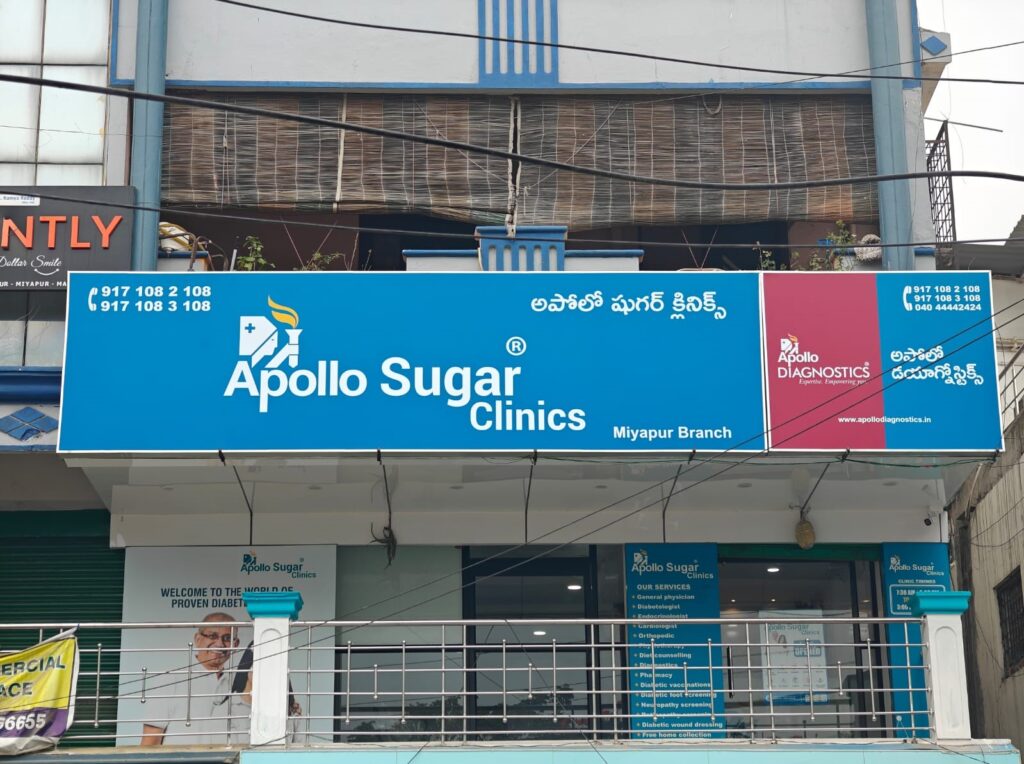Diabetic Retinopathy

Diabetic Retinopathy: Protecting Your Vision
Diabetic retinopathy is a serious eye condition that is the leading cause of vision loss in individuals with diabetes. It occurs when high blood sugar levels cause damage to the blood vessels in the retina, the light-sensitive tissue at the back of the eye. If left untreated, this damage can progress to more severe stages, potentially leading to vision impairment or blindness. Early detection and effective management are crucial for preventing long-term vision problems.
Early Symptoms:
- Floaters: Small spots or lines that float in your field of vision.
- Dark Areas of Vision: Difficulty seeing certain areas or objects clearly.
- Blurred Vision: Unclear or fuzzy vision.
- Difficulty Perceiving Colours: Trouble distinguishing between different colors.
Individuals with diabetic retinopathy may experience a range of vision-related issues, such as:
- Blurred or distorted vision
- Impaired colour vision
- Seeing spots or a gradual loss of vision
Diagnosis:
The condition can be diagnosed through a Fundoscopy or Color Fundus Photography, which involves a detailed examination of the retina. This allows us to evaluate the extent of damage and determine the appropriate treatment plan. Early detection plays a vital role in managing the condition and preserving sight.
Treatment:
- Mild Cases: Careful management of diabetes through diet, medication, and regular monitoring may help in controlling the progression of retinopathy.
- Advanced Cases: If the condition progresses, more advanced treatments like laser therapy or surgical interventions may be required to prevent further vision loss.
Regular eye exams are essential for individuals with diabetes, as diabetic retinopathy can develop gradually without obvious symptoms. Early intervention can help manage the disease and protect your vision.



